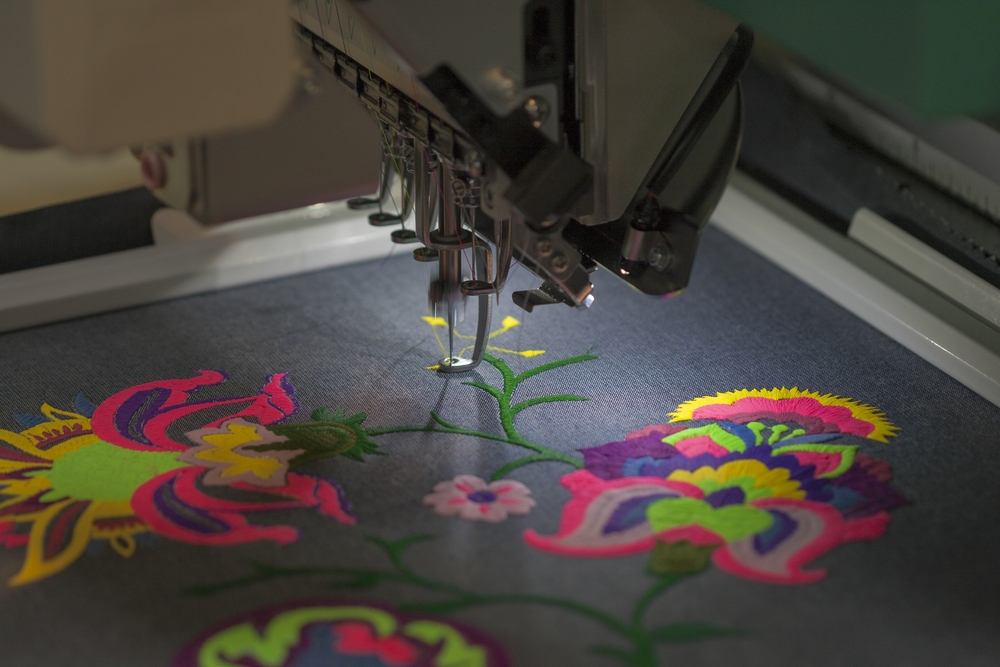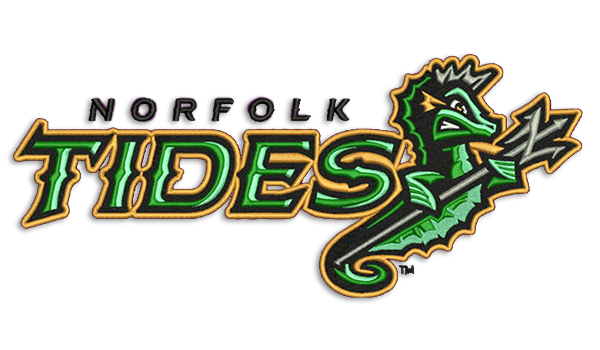Mastering the Needlework Digitizing Refine: Your Ultimate Overview
Embroidery digitizing is a meticulous craft that needs precision and competence to equate elaborate styles into electronic styles for device embroidery. As craftsmens begin on this trip to grasp the needlework digitizing procedure, a detailed understanding of the basics sets the foundation for excellence.

Recognizing Needlework Digitizing Fundamentals
Needlework digitizing essentials develop the foundation whereupon detailed designs are converted into machine-readable layouts for specific sewing. This initial action in the needlework digitizing procedure is important for guaranteeing that the final stitched item is a loyal representation of the original design. Recognizing embroidery digitizing essentials entails grasping key concepts such as stitch kinds, sew direction, thickness, padding, and pull payment.
Stitch kinds play an important duty in determining the visual and textural outcome of the embroidered design. By choosing the ideal stitch kind, whether it be satin, fill, or running stitch, digitizers can achieve the desired impact and enhance the total high quality of the embroidery. Furthermore, sew instructions influences the circulation and dimension of the style, while thickness figures out the spacing and coverage of the stitches.
Additionally, padding sewing offers security to the layout by securing the fabric and stopping distortion throughout the embroidery procedure. Draw payment is another important factor to consider to combat the natural propensity of material to agreement when sewn. Grasping these embroidery digitizing basics is fundamental for creating professional-quality embroidered products.
Choosing the Right Digitizing Software Program
Choosing the suitable digitizing software application is a crucial decision that considerably affects the efficiency and high quality of the embroidery digitizing procedure. Digitizing for Embroidery. When choosing the ideal digitizing software program, it is vital to think about factors such as the intricacy of designs you prepare to develop, the user-friendliness of the software, the level of client assistance offered, and the compatibility with your embroidery machine
There are different digitizing software alternatives readily available in the marketplace, varying from basic programs for novices to advanced software for professional digitizers. Some preferred options include Wilcom EmbroideryStudio, Hatch Embroidery Software Program, and PulseID. These software supply a large variety of devices and functions to help you create intricate layouts with simplicity.
Before deciding, it is suggested to discover the different software program choices through totally free trials or demos to figure out which one finest suits your demands. In addition, checking out testimonials and seeking referrals from knowledgeable digitizers can offer useful understandings right into the staminas and weak points of each software (Digitizing for Embroidery). By very carefully evaluating your demands and contrasting the features of various digitizing software, you can make an informed choice that improves your embroidery digitizing workflow
Digitizing Devices and Techniques

Optimizing Layout Setup for Embroidery
Grasping the ins and outs of style settings is essential in achieving optimal results in the embroidery digitizing process, structure upon the foundation laid by comprehending digitizing tools and strategies. When enhancing style setups for embroidery, it is necessary to think about factors such as stitch type, thickness, rug, draw settlement, and enrollment. Stitch kind selection affects the overall look of the design, with alternatives like satin, fill, and running stitches supplying different structures and effects. Thickness refers to the spacing and thickness of stitches, affecting the design's coverage and durability. Appropriate padding sewing supplies security and protects against material distortion, especially for complex styles or on stretchy materials. Draw payment readjusts for fabric stretch throughout stitching, making certain accurate style replication. Enrollment settings straighten different elements of the design precisely, preserving total style stability. By fine-tuning these style setups, embroiderers can enhance the high quality and precision of their stitched developments.

Troubleshooting Common Digitizing Issues
When experiencing usual digitizing concerns throughout the embroidery process, it is vital to comprehend the source and execute reliable remedies without delay. One usual problem is stitch thickness problems, where stitches may be too thick, triggering the fabric to pucker, or too thin, resulting in gaps in the style. Readjusting the stitch thickness settings in the digitizing software application can help solve this problem.
Another regular difficulty is thread breaks during the needlework process. This can happen due to various factors such as wrong tension settings, dull needles, or using low-grade string. Guaranteeing proper maintenance of the needlework device, including routine needle adjustments and stress changes, can minimize the event of thread breaks.
Additionally, layout registration errors can lead click over here to misaligned aspects within the embroidery design. Examining the layout alignment in the digitizing software program and making needed changes before stitching can aid in preventing this problem. By addressing these usual digitizing problems quickly and efficiently, you can ensure a smoother needlework procedure and top notch ended up products.
Verdict
Finally, grasping the needlework digitizing process needs a strong understanding of the fundamentals, the appropriate choice of software program, get more and expertise of tools and methods. Optimizing layout setups and fixing typical digitizing issues are important action in making sure high-quality embroidery outcomes. By complying with these steps carefully, one can achieve precision and performance in the digitizing procedure.